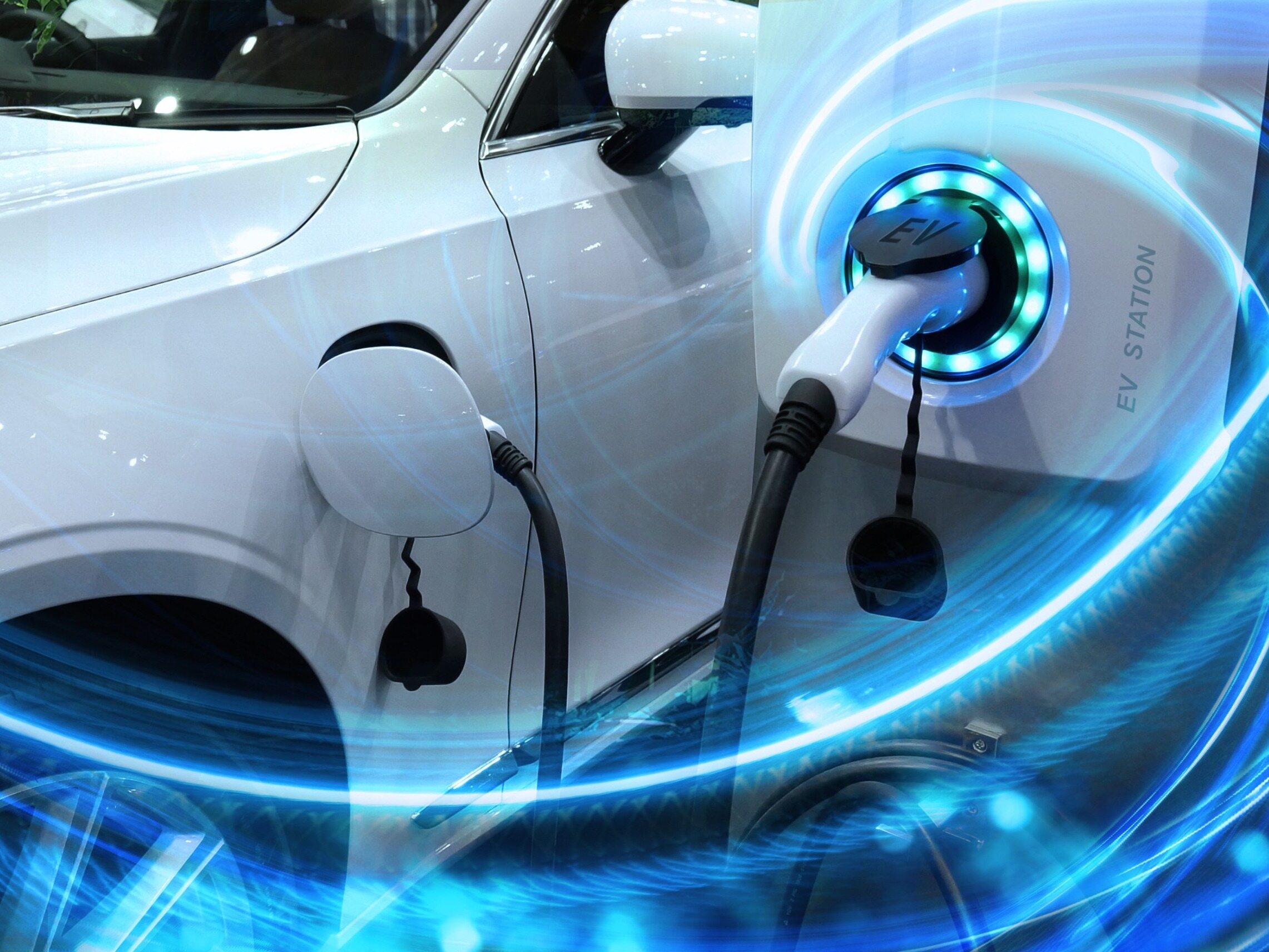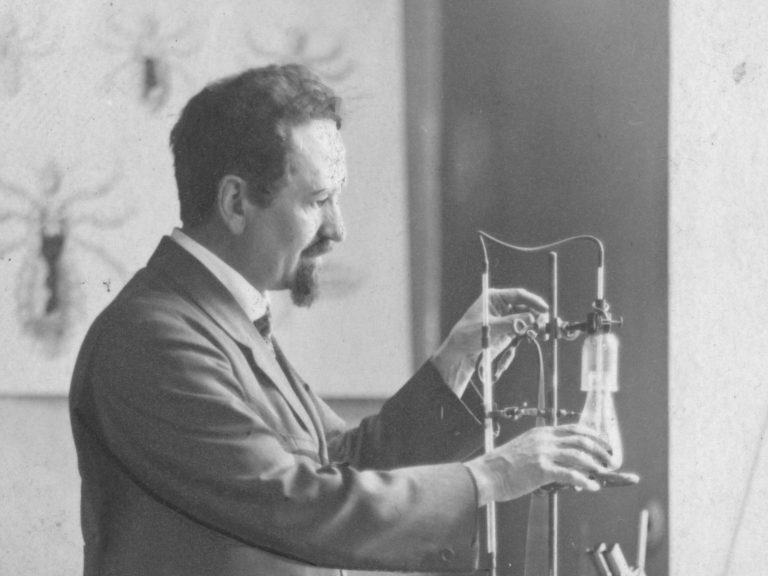The “national electrician” is already on Polish roads. I checked how domestic automotive projects are developing

Climate neutrality goals and the resulting reduction in carbon dioxide emissions mean that fewer and fewer combustion vehicles will appear on the streets. This trend in the face of EU policy seems to be irreversible. To the delight of green energy supporters and contrary to the fears of the so-called petrolheads, work on a Polish electric car is underway. It turns out that the “national electrician” is already driving on national roads.
The growing pollution of medium-sized and larger cities has contributed to the acceleration of evolution in the automotive industry. The ground for this change was set by hybrid cars, which combine electricity with that generated by horsepower. The latest data we currently have is from September this year. They show that over 50,000 have been registered in Poland so far. fully electric (BEV) passenger cars and commercial vehicles. To assess whether it is a lot or a little, it is worth reaching for data on combustion cars. For comparison, according to the Central Register of Vehicles and Drivers, in September 2023 alone, 44,536 passenger cars and delivery vans with a GVW of up to 3.5t were registered in Poland.
According to the Electromobility Counter launched by the Polish Automotive Industry Association (PZPM) and the Polish Alternative Fuels Association (PSPA), at the end of September there were a total of 87,724 electric passenger cars on Polish roads. This number is the sum of registrations of BEVs and the above-mentioned plug-in hybrid electric vehicles (PHEV), of which 42,526 were recorded. The number of electric vans and trucks was 5,212. This number is worth remembering in the context of the “national electrician” that already drives on Polish roads, which I will discuss in a moment.
How many electric car chargers operate in Poland?
In parallel to the fleet of electric vehicles, the charging infrastructure is also developing. Data from the Electromobility Counter show that at the end of September 2023, there were 3,068 publicly available electric vehicle charging stations in Poland (6,159 points). And let’s stop here for a moment, because the issue of the battery market in the context of the future of electric vehicles is crucial.
– According to PSPA forecasts, the share of electromobility in Polish GDP may increase to up to 5% in 2035. Provided that appropriate instruments are implemented to support the transformation, the zero-emission transport industry has a chance to become the driving force of the economy. One of the most important branches of the automotive industry should be the production of batteries for electric vehicles, which already accounts for 2.4% of exports. The production capacity of plants in the country is today over 100 GWh, but in order to maintain Poland’s leading position in Europe and the world, it should increase to at least 500 GWh by 2035 – says Wprost Maria Majewska, New Mobility Manager, Polish Alternative Fuels Association (PSPA).
The expert argues that Poland is already considered a world power in the production of batteries for electric cars. Data from Bloomberg New Energy Finance (BNEF) indicate that in terms of the production of lithium-ion batteries, we are currently in first place in Europe and fifth in the world.
Poland is a powerhouse in the production of batteries for electric cars. Germany’s competitiveness is growing
– Only countries such as China, South Korea, Japan and the USA are ahead of us. The value of this sector in our country has increased 38 times over the last six years, from approximately PLN 1 billion (EUR 0.21 billion) in 2017 to over PLN 38 billion (EUR 8.24 billion) in 2022. In Poland not only traction batteries and lithium-ion cells are produced (the LG Energy Solution factory near Wrocław is their largest supplier in the EU), but also plants producing a number of key components are being built or have already been launched: electrolyte, cathodes, copper foil, and separators – explains Majewska.
However, as the domestic market grows, so does competition. Therefore, Poland’s leading position in this area is not unthreatened. According to Transport & Environment, Germany may take over the leading position in Europe as early as 2027. In Germany, battery production will be based mainly on entities such as: Tesla (75 GWh), Volkswagen (24 GWh), QuantumScape (21 GWh), SVOLT (16 GWh), Northvolt (60 GWh), CATL (60 GWh) and ACC (13.4 GWh).
Hungary will significantly strengthen its position in Central and Eastern Europe, becoming an important battery production hub, with plants from SK On (17.3 GWh), Samsung SDI (40 GWh) and CATL (100 GWh). – Taking into account the growing competition, it is necessary to quickly introduce the necessary legislative changes and launch incentives for investors to attract them to our country – argues the expert.
What actions are necessary to strengthen the potential of the battery sector in Poland?
– In particular, it is necessary to simplify administrative procedures, including: improving the process of issuing permits and environmental impact assessment (EIA), increasing the innovation of the battery sector supply chain by providing appropriate support to entities investing in reducing the emission of production processes and increasing the use of green energy. It is also important, among others, offsetting the effects of rising electricity prices, which will contribute to minimizing the risk of capital outflow and investment in the battery sector. It is also important to implement incentives for the development of battery reuse and recycling technologies in order to create a closed cycle of production, operation and disposal – explains Majewska.
Poland’s achievements so far on the battery market and awareness of the challenges it faces allow us to look optimistically at the future. The industry’s results and development opportunities should accelerate the creation of a Polish electric car. Here, eyes are on ElectroMobility Poland, the owner of the Izera brand. The company assumes that the first units of the fully electric vehicle will leave the factory at the end of 2025. They are scheduled to go on sale a year later.
We asked company representatives about the stage of work. – In mid-November, a notarial deed will be signed transferring ownership of the land to ElectroMobility Poland. We have already completed work on the construction project and we are in the process of tendering for the selection of the General Contractor. The company is also in the process of obtaining an environmental decision – the opinions of the Sanitary Epidemiology, Polish Waters, RDOŚ and the Marshal’s Office have already been obtained. After obtaining the environmental decision, which should take place in December, an application will be submitted to the Jaworzno city office to issue a building permit. We plan that construction works will start at the beginning of next year – says Paweł Tomaszek, director of communication and external relations at ElectroMobility Poland.
When will Izera be available for purchase?
The company assures that it is aware of the scale of the challenges facing the company and the entire industry. – We are just before the end of the second stage of technical cooperation, during which all assumptions were confirmed – both technical and business ones. The final appearance of the first model from the Izera range will soon be frozen – an SUV on which Tadeusz Jelec is working together with the Pininfarina team. The research we have carried out is a good forecast for the future market reaction. Another design challenge is building a distribution model and sales network. Our project is still controversial, so the communication challenge is also to show the solid business and market foundations of the project – explains Tomaszek.
The company cooperates with the Chinese Geely group, which provided the SEA (Sustainable Experience Architecture) platform for the construction of Izera. Despite this, the company wants 60 percent. components were produced locally and confirms the expert plans of its flagship product, because the domestic market is not receptive enough to ensure the profitability of the venture. The plans show that 70 percent cars are to be shipped abroad.
So we asked what features would give Izera an advantage over the competition. – Thanks to the cooperation with the Italian studio Pininfarina, the Izera will be a beautiful car, but also a symbol of technological advancement thanks to the partnership with Geely. The competitive advantage of a car is not determined by a single feature, but by a combination of attributes that make it attractive to the recipient. One of these attributes will be the offer of added services. The fundamental assumption is also the price attractiveness of Izera compared to cars of a similar class, said Wprost, director of communications and external relations of ElectroMobility Poland.
However, the price remains unknown. Data from the SAMAR Automotive Market Research Institute show that the average sales price of a passenger car in the middle of this year was approximately PLN 150,300. zloty. In the case of electric cars, this value approached PLN 270,000. zlotys.
The first Polish electric car is already on the road. It was created by a company from Zgorzelec
Meanwhile, 300 km north-west of Jaworzno, Innovation AG SA has created the first Polish platform for electric vehicles and – based on it – the first electric delivery vehicle – eVanPL. The EAGLE platform, or Orzeł, built in Zgorzelec – according to its creators – is a natural consequence of the current technical thought and achievements of Innovation AG. The company is the author of the Sokół 4×4, the first Polish fully electric vehicle created using the eco-conversion method, which involves the electrification of an off-road vehicle with a 4×4 drive.
EAGLE is an English acronym composed of the first letters of entries describing the basic features of the Zgorzelec platform (Electric, Automotive, General, Light, E-platform). The design allows you to build any task vehicle. In addition to a standard van, the platform can be used as a base for an ambulance, fire brigade, police car or even a crane. The main advantage is the weight of the frame, thanks to which it was possible to increase the mass and battery power. This directly contributed to achieving a fully loaded range, unheard of in the N1 class – over 300 km on a single charge. The company used a reversible heat pump that cools the vehicle in summer and heats the vehicle in winter.
The key elements of the platform, as well as the entire technical design, are the author of Polish engineers and mechanics from Zgorzelec. eVanPL was created as part of the NCBiR project: “E-VAN – Universal Electric Delivery Vehicle Cat. N1”. Recently, eVanPL has been officially approved for road traffic, and talks are currently underway to start its mass production. The car passed NCBiR tests, which included, among others: range and payload, and the prototype received 98 points out of 100. The maximum scores were obtained, among others, in terms of range, optional equipment or projected share in revenue from the commercialization of dependent technologies.
eVanPL can cover a distance of over 400 km on a single charge
– Our “national electrician” consists of approximately 5,000 parts, 3/4 of which come from Polish suppliers. The modern design and attractive appearance of the van is the work of a Polish design office from Krakow. The car can cover a distance of over 400 km on a single charge. eVanPL by Innovation AG is a new, original production, equipped with one of the most modern electric vehicle management systems in the world – says Albert Gryszczuk, president of Innovation AG SA, Wprost.
Gryszczuk points out that the Zgorzelec project involves the use of modern carbon composites, thanks to which the vehicle weighs only about 2.5 tons, which is a very good result for an electric delivery vehicle. – Thanks to the EAGLE platform, the production of electric delivery vehicles can start in Poland, in many body variants, using the same components, which, of course, reduces production costs and ensures greater efficiency. The Zgorzelec platform thus joins the list of products that already includes global giants – Volkswagen Group MQB, Ford Global C platform and Toyota New Global Architecture (TNGA) – he sums up.
Forecasts indicate that in 2040 there will be 500 million electric cars on the roads, out of 2 billion cars in total. Agreements signed by European Union member states indicate that the trend towards green energy will continue. This challenge, if used skillfully, can turn into success. Anticipating and co-creating regulations allows us to anticipate regulatory activities and contribute to the use of the potential of the domestic market. This is done in cooperation with Polish scientists.






